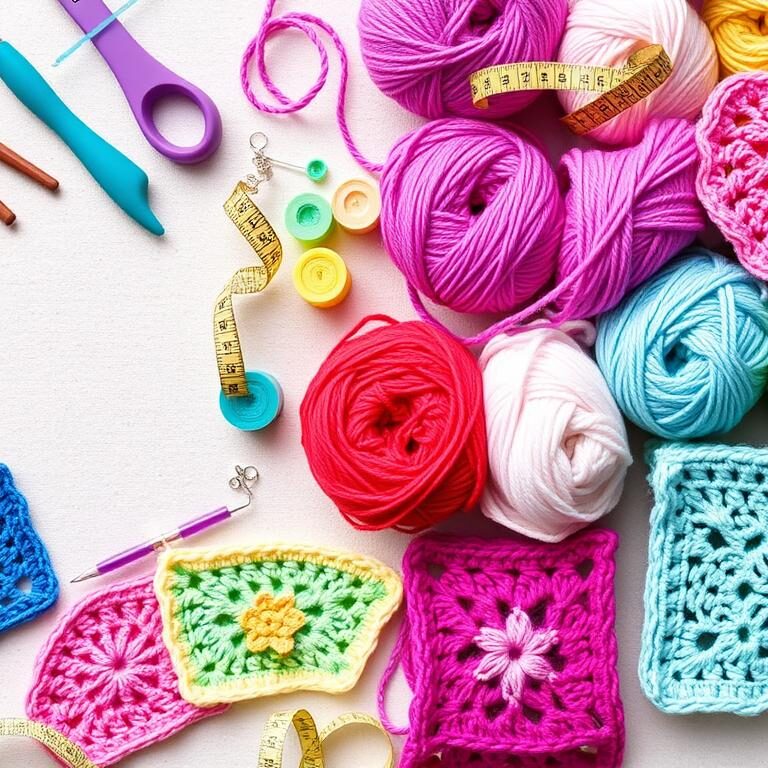10 Clever Crochet Hacks to Boost Your Skills
As a dedicated crafter, I’ve always been amazed at how a single hook and a skein of yarn can create intricate beauty. Yet, as with any skill, there’s always room to grow. That’s why I’m thrilled to share my top crochet hacks—time-tested tips and tricks poised to elevate your crafting game to new heights. Whether…

